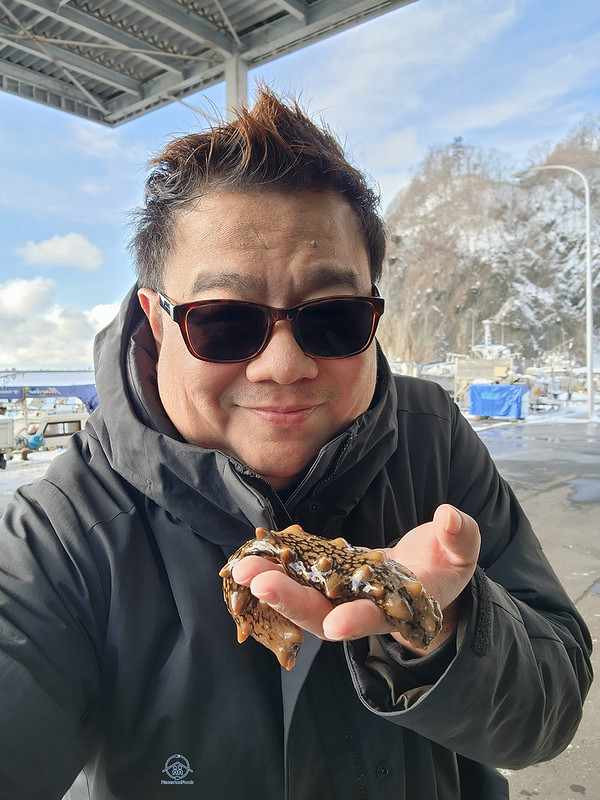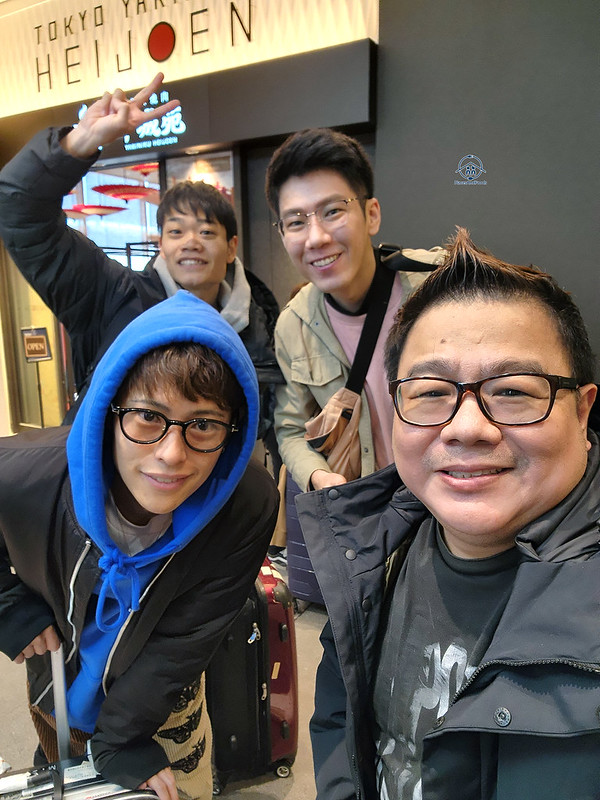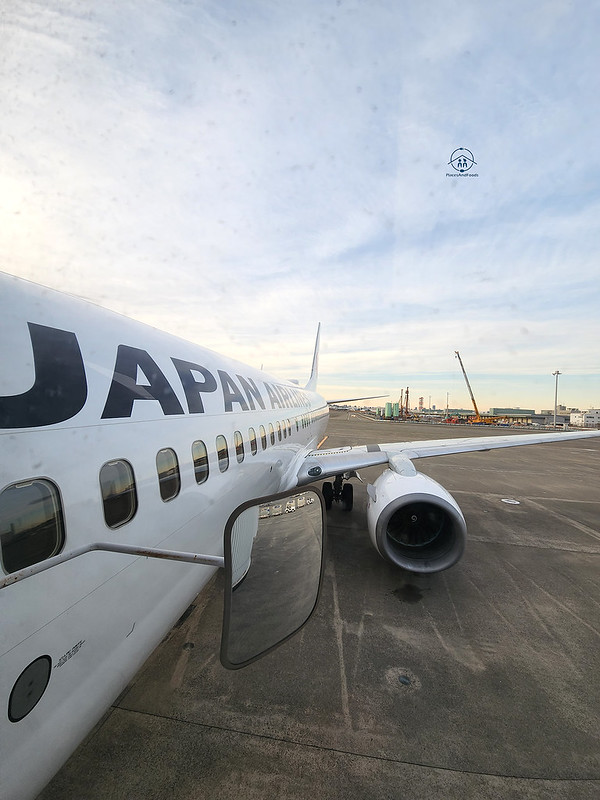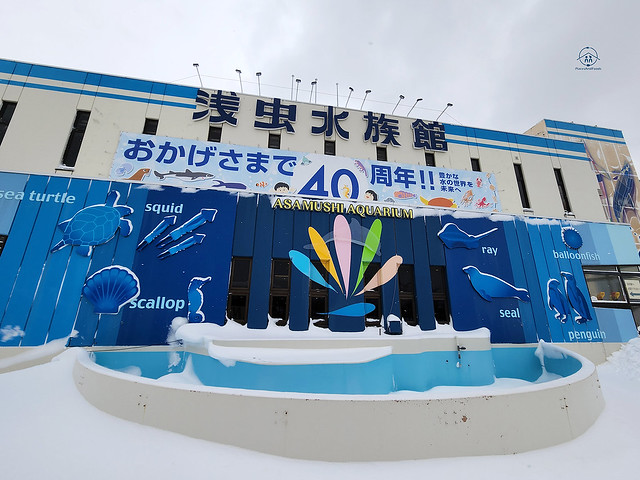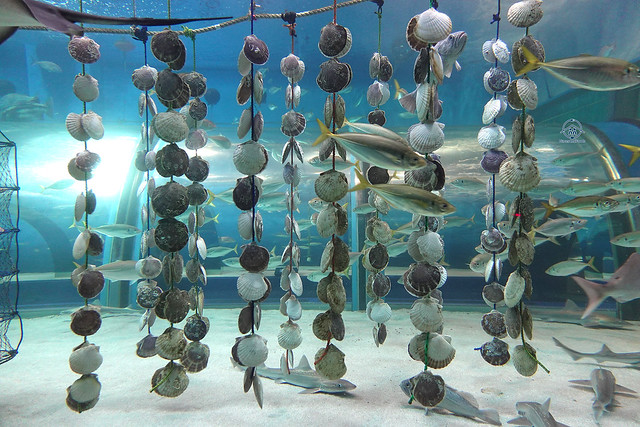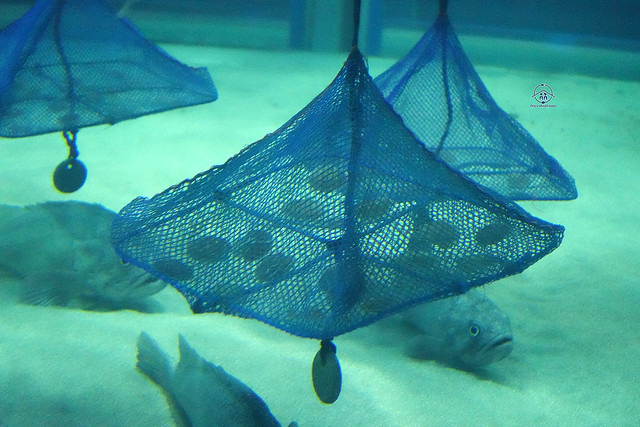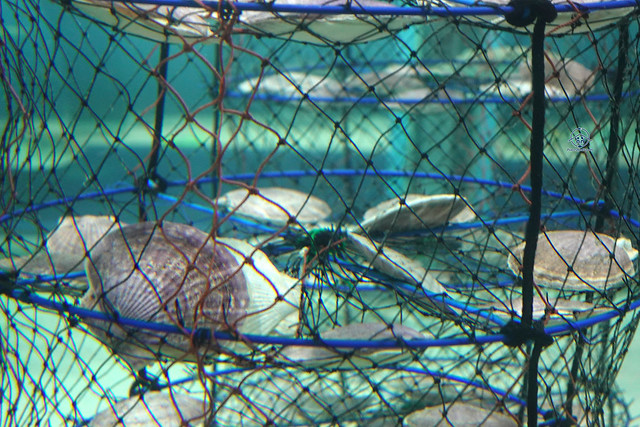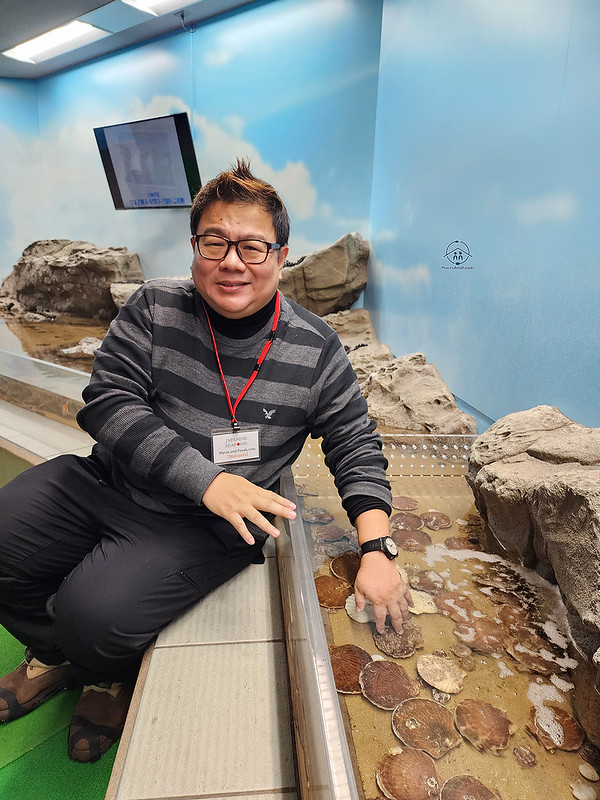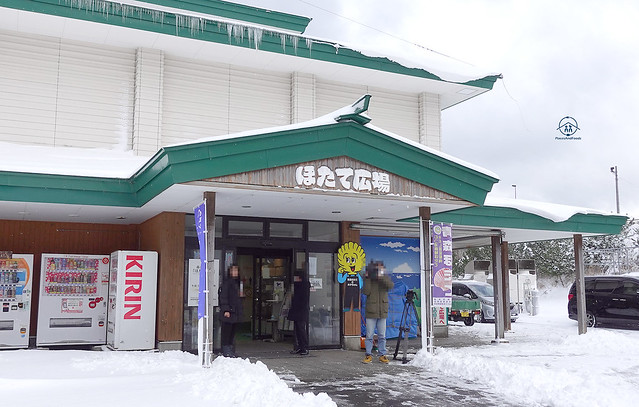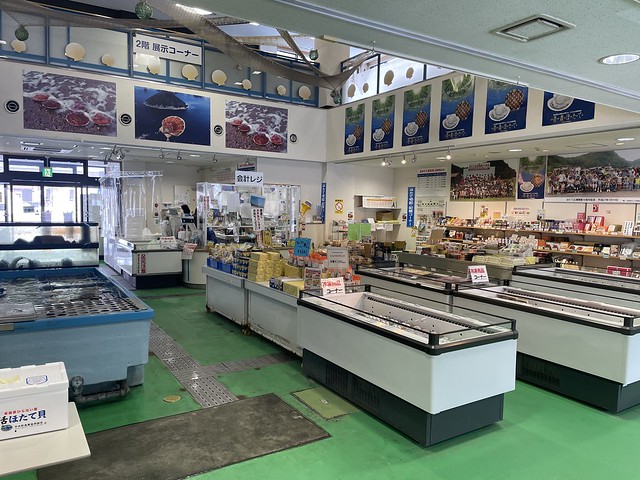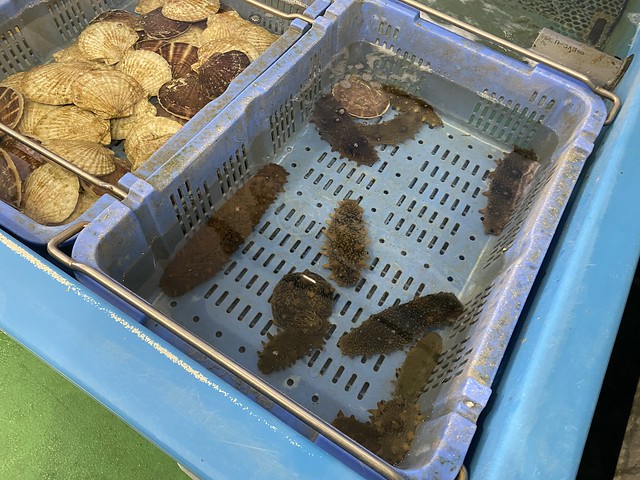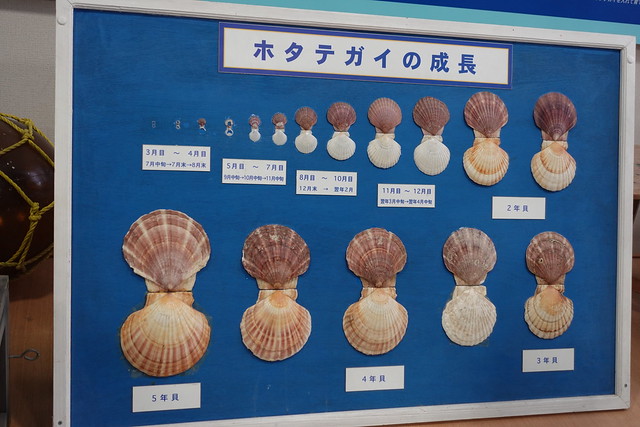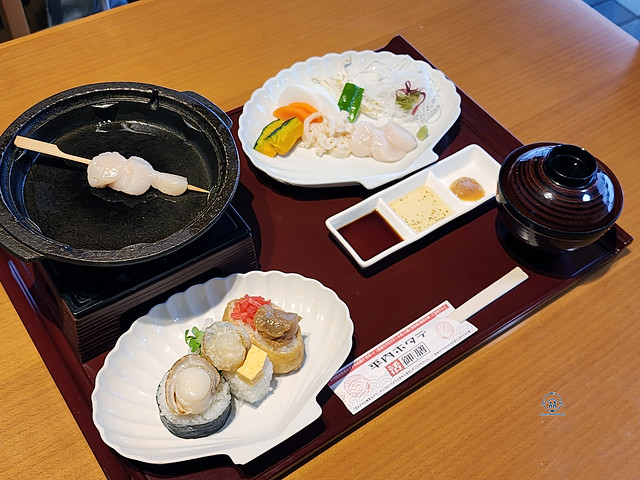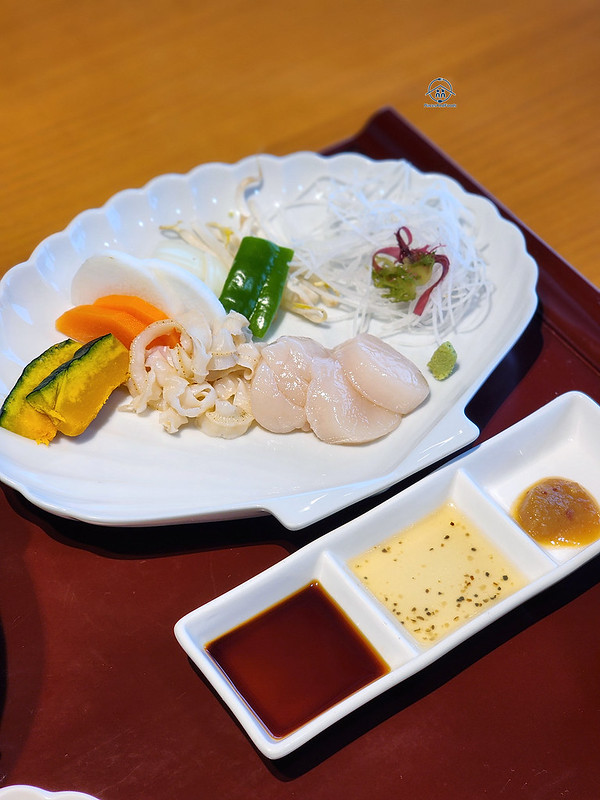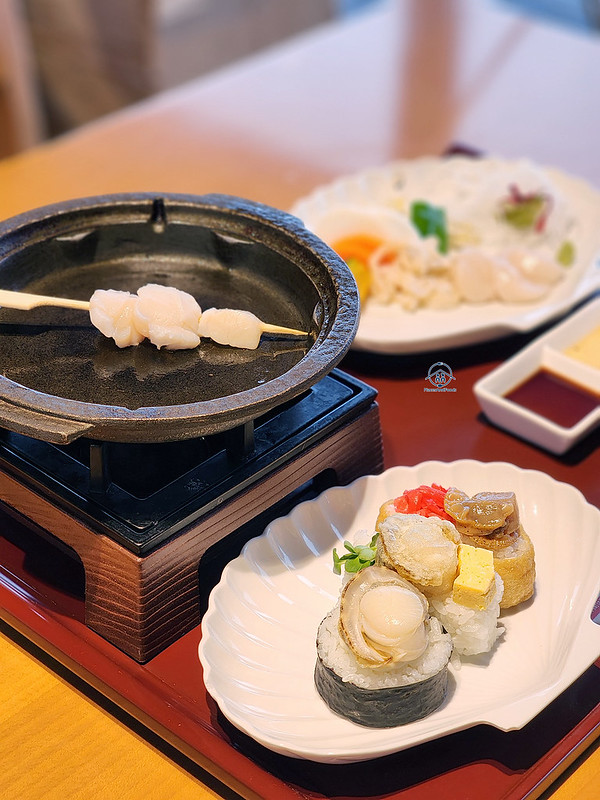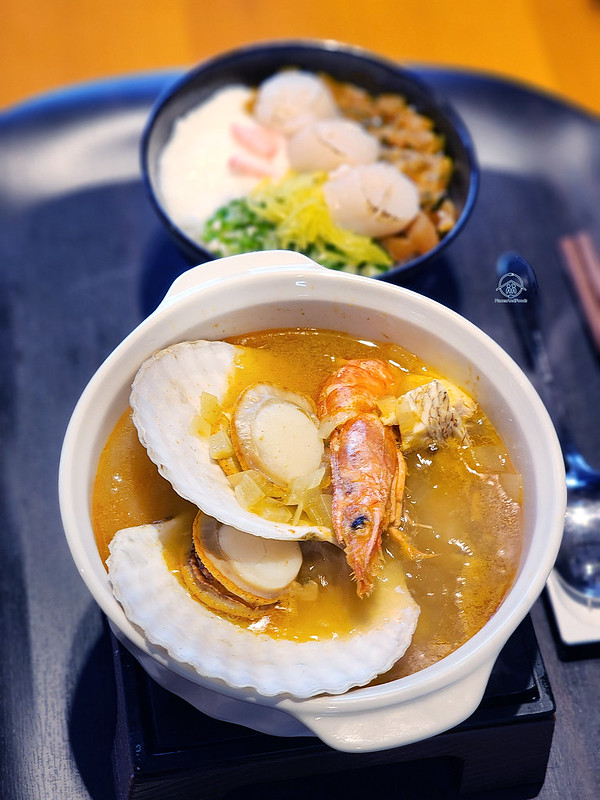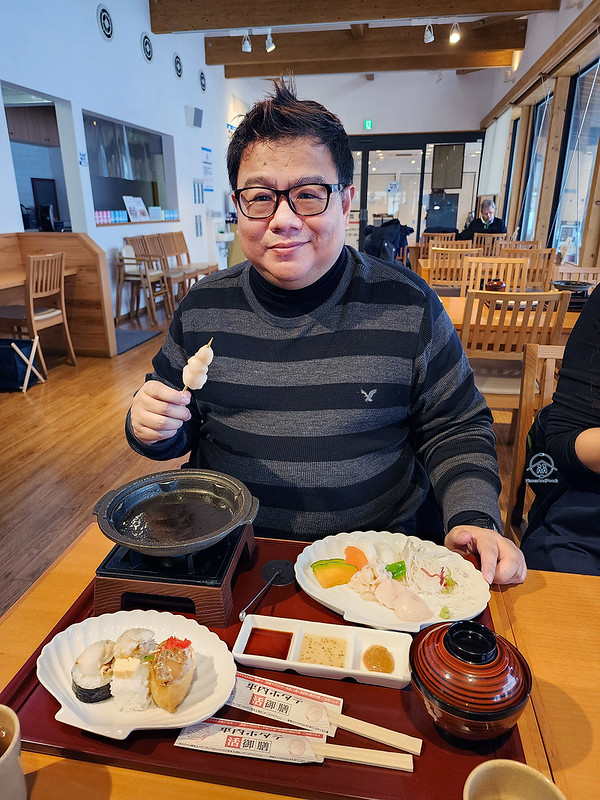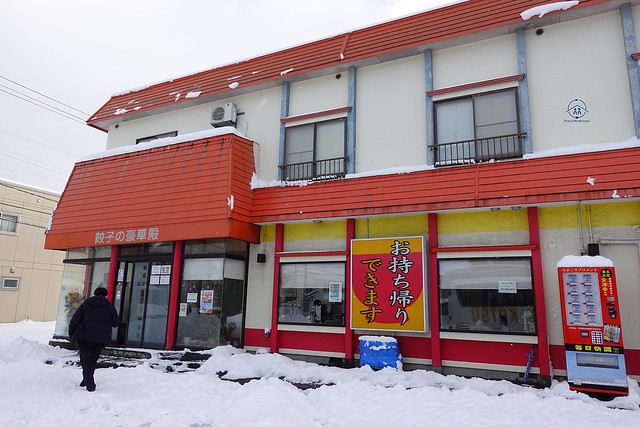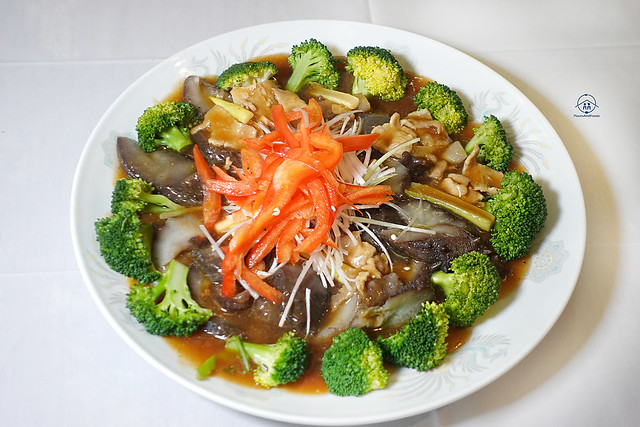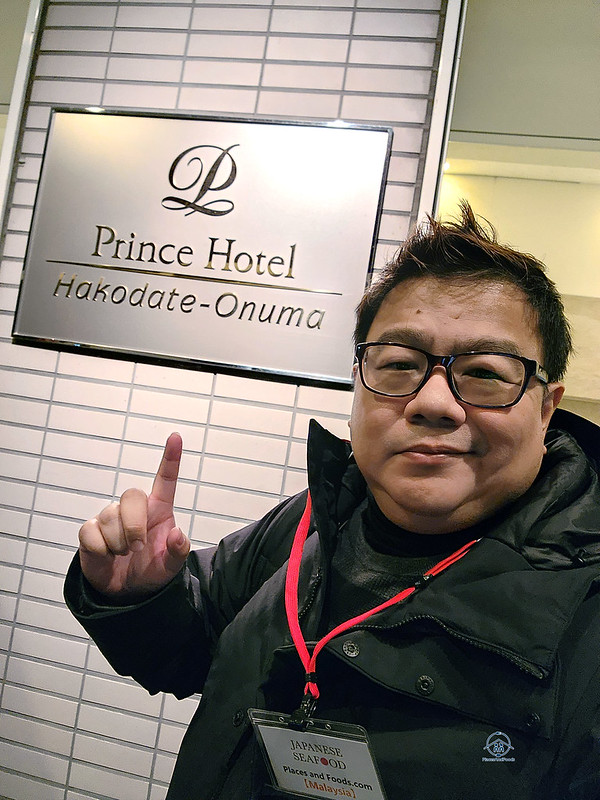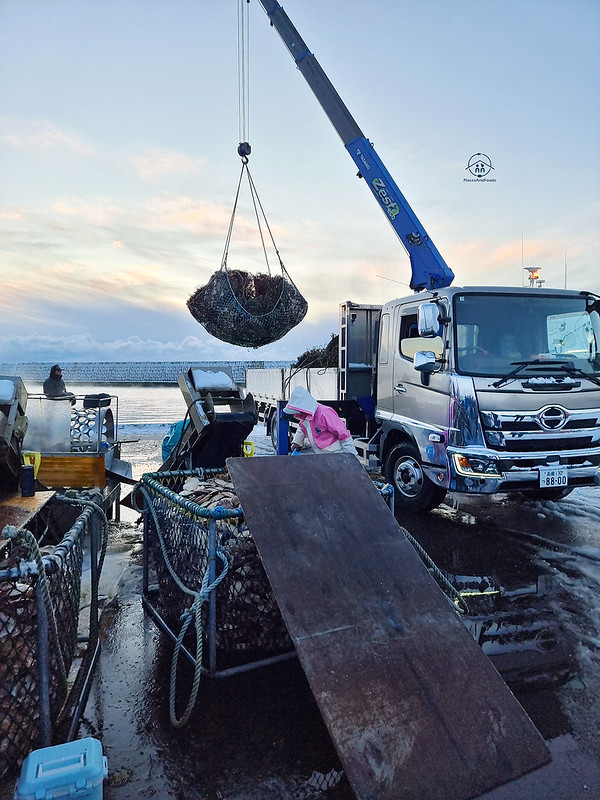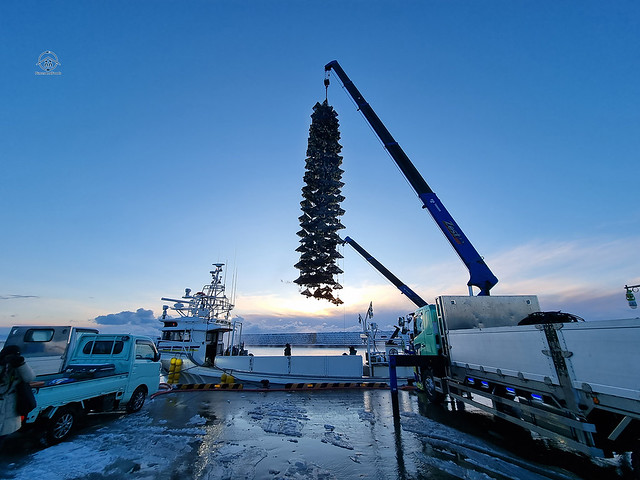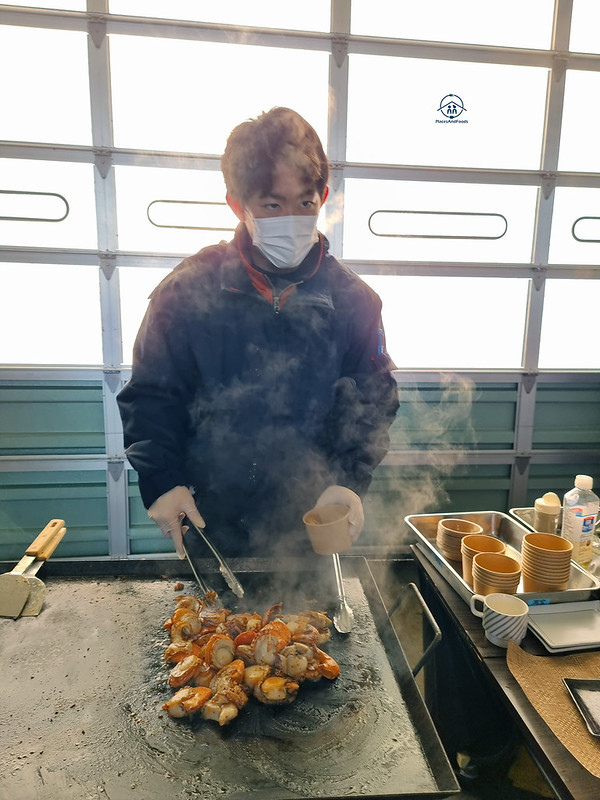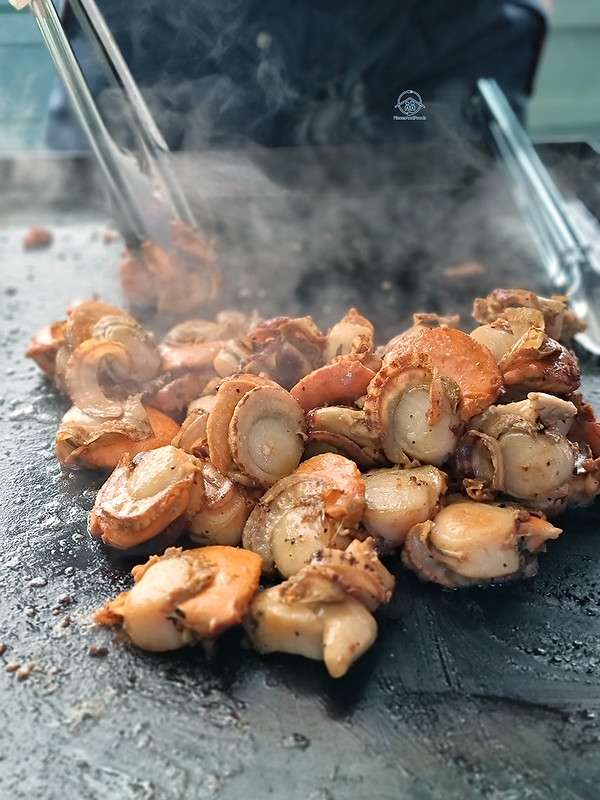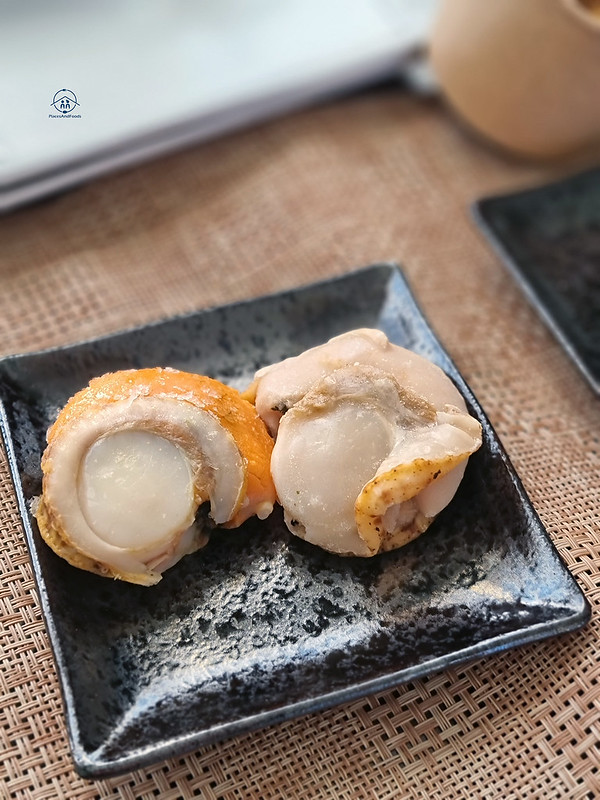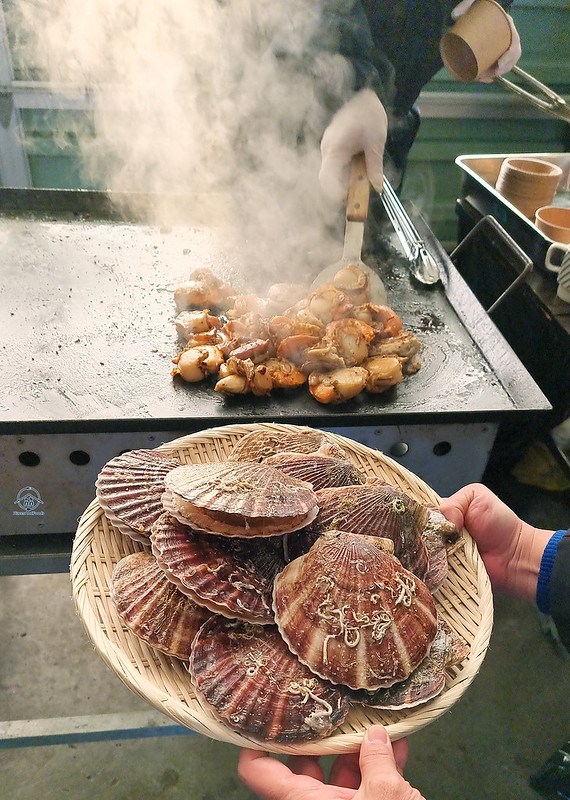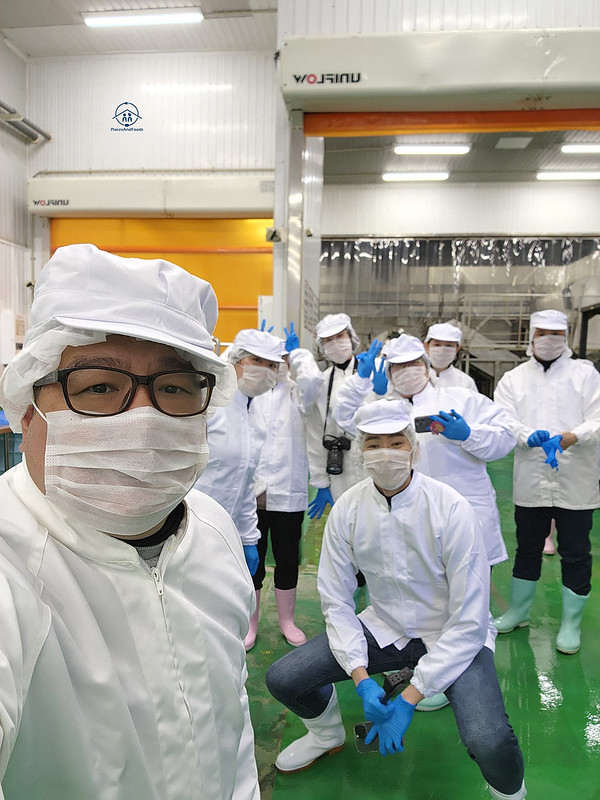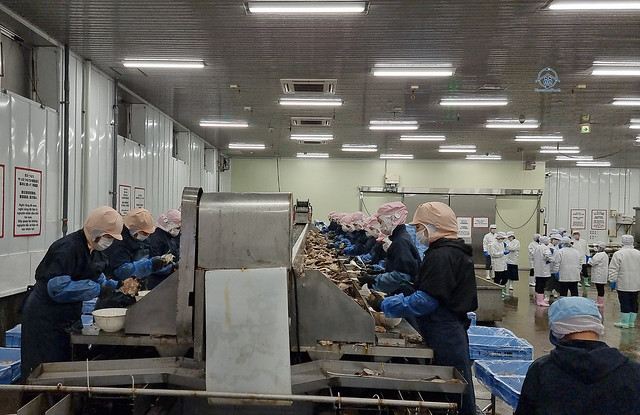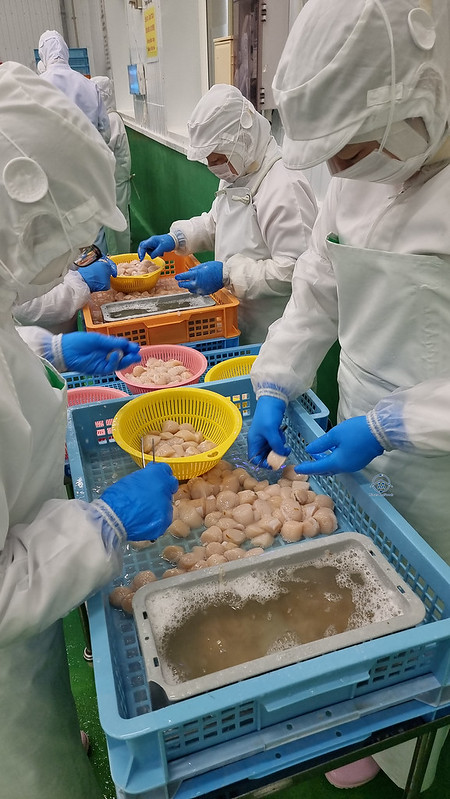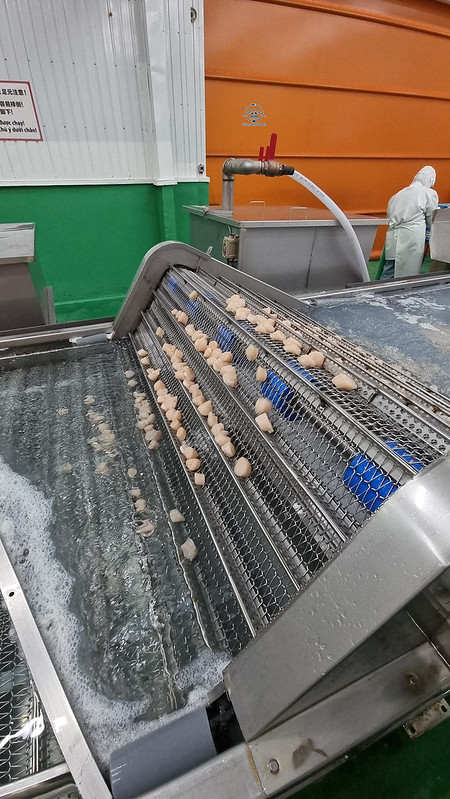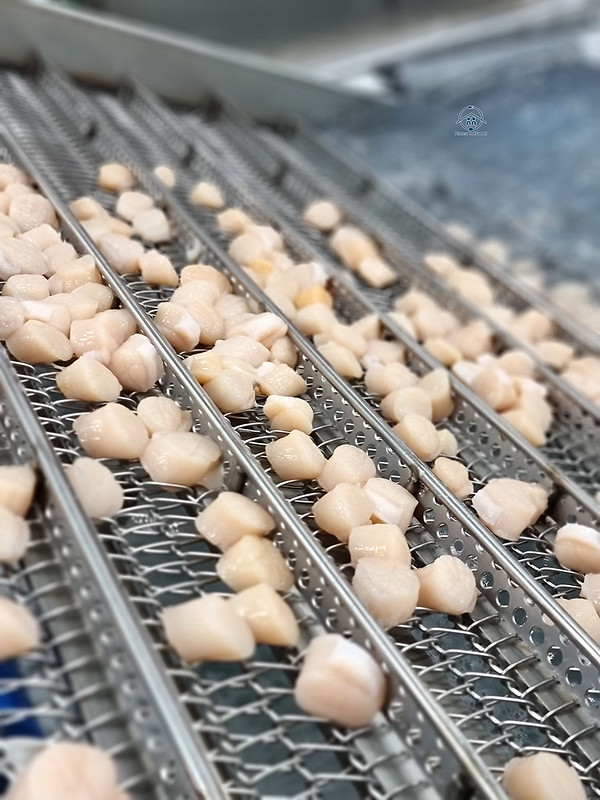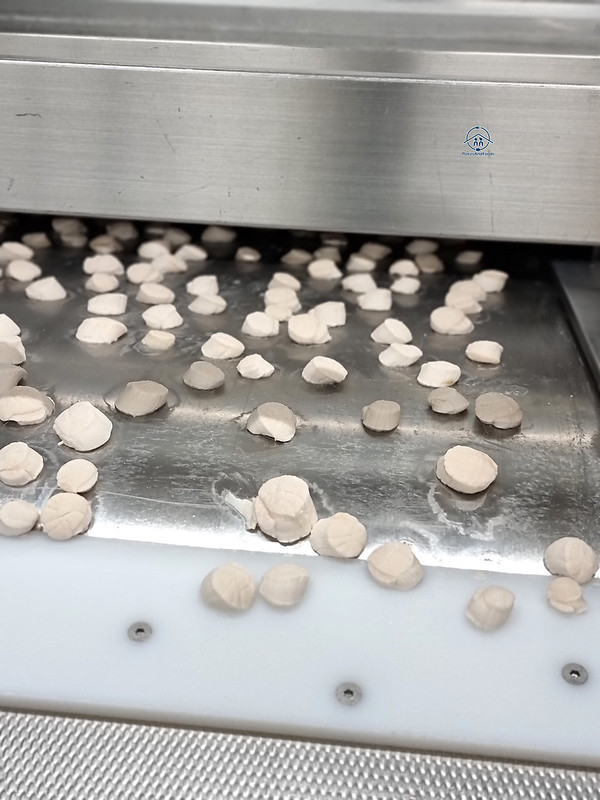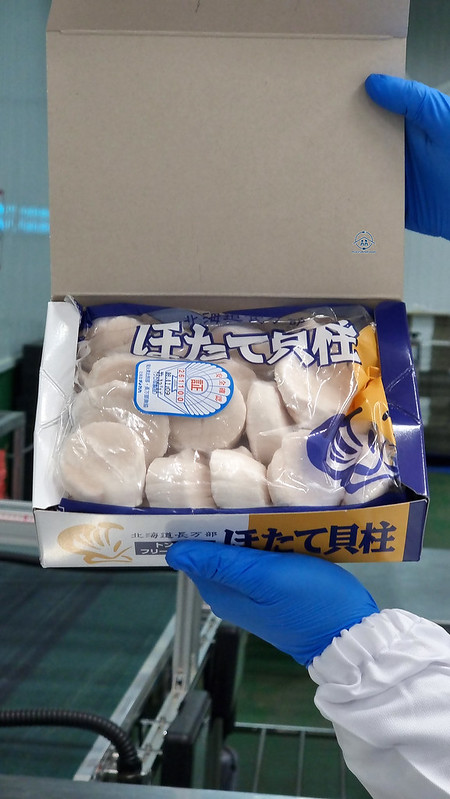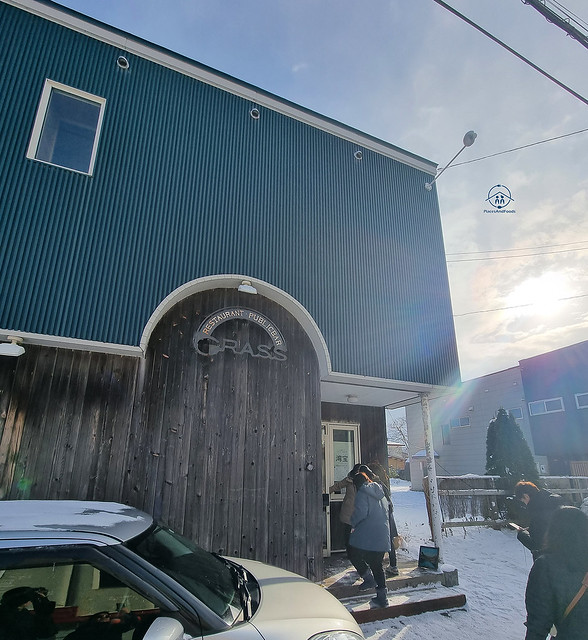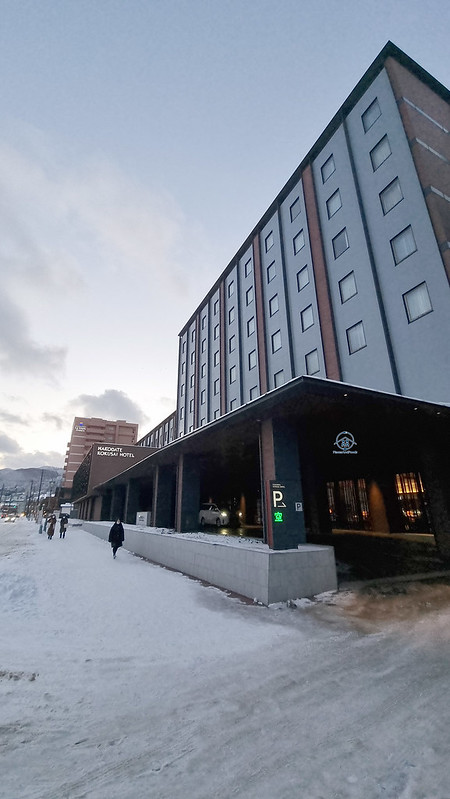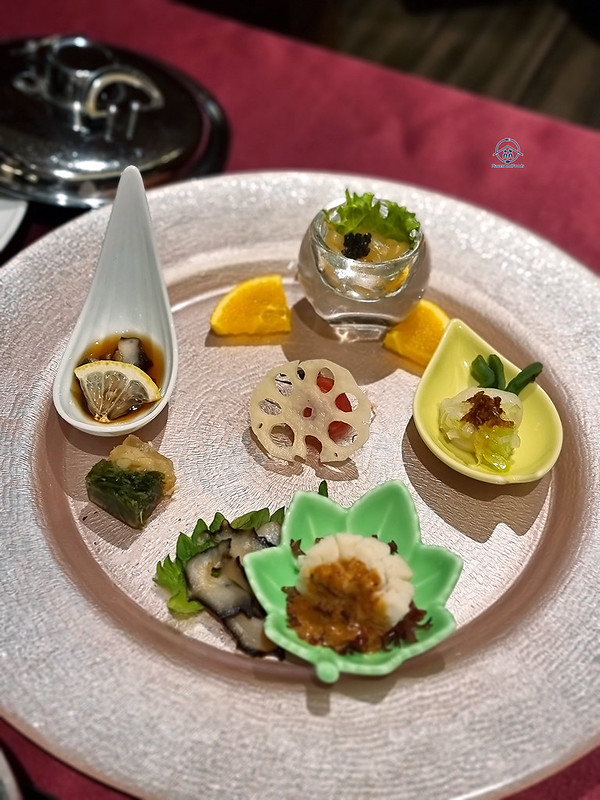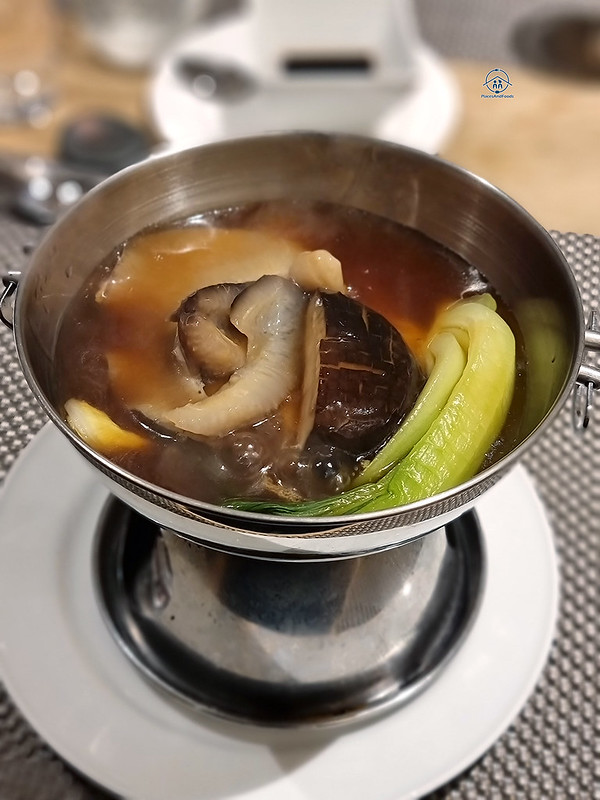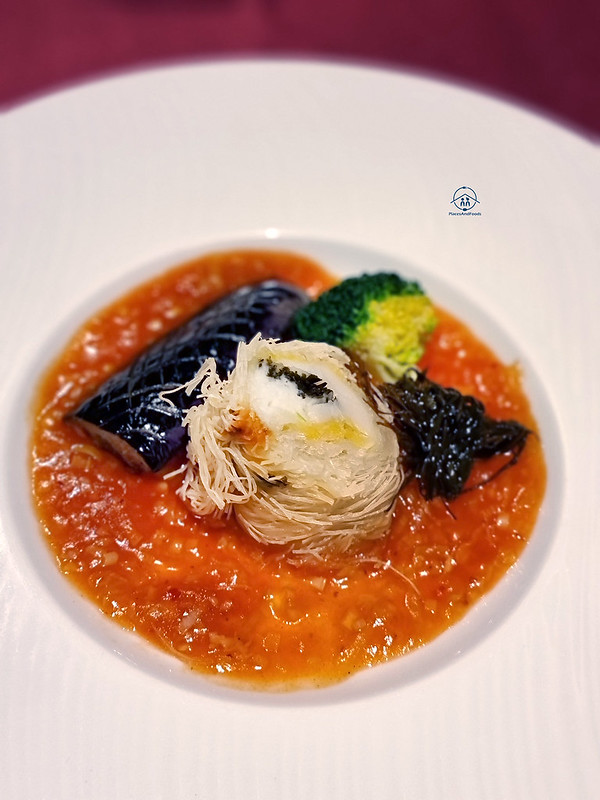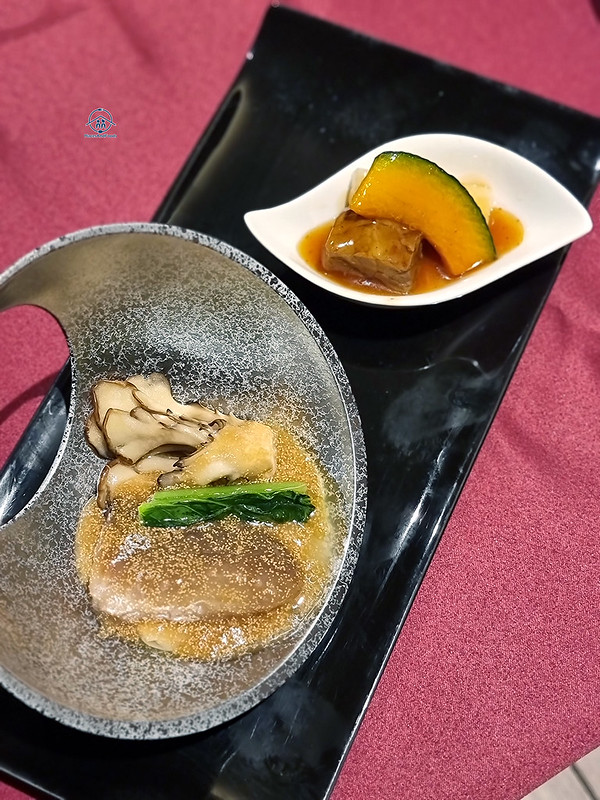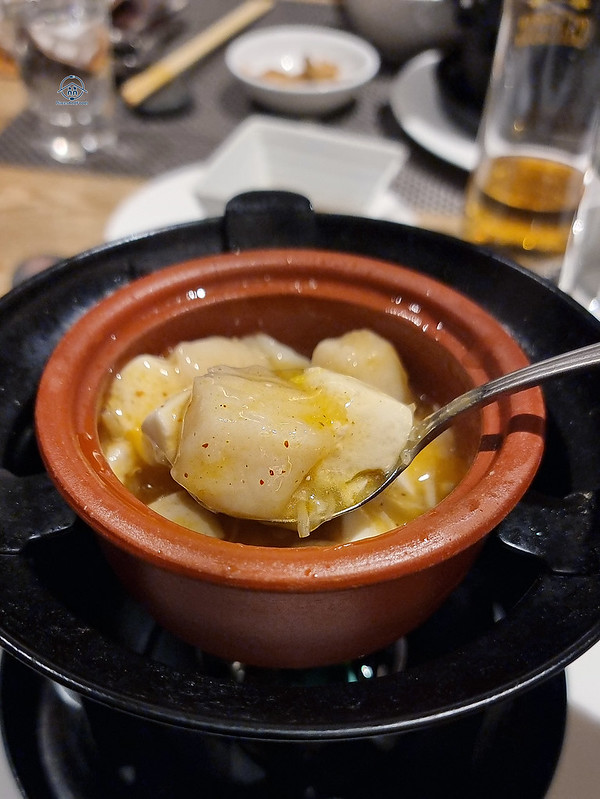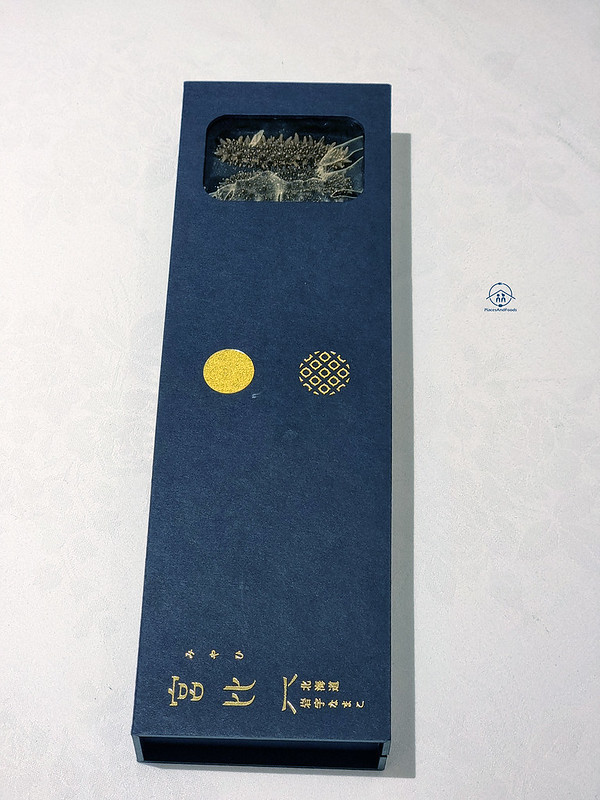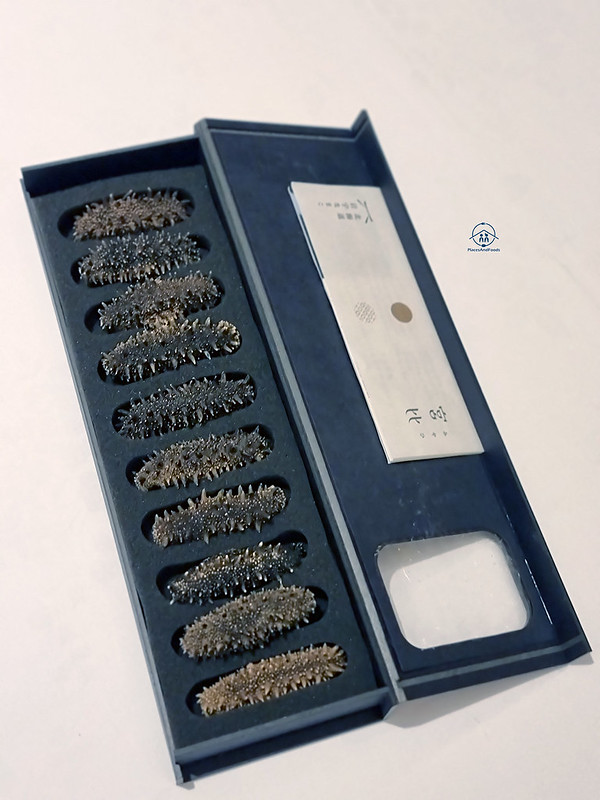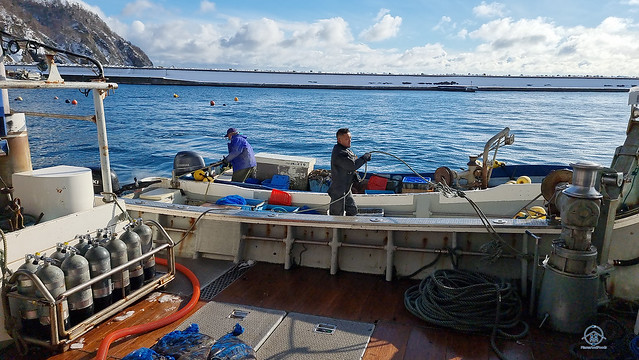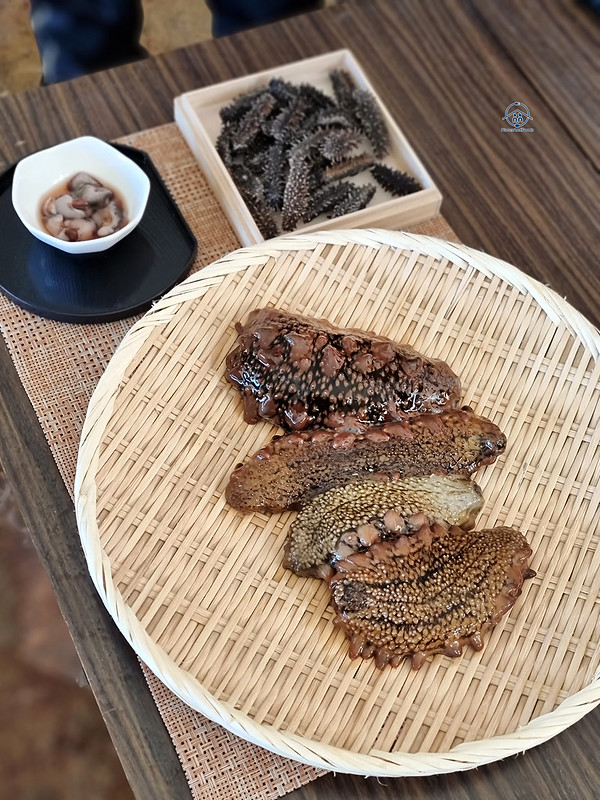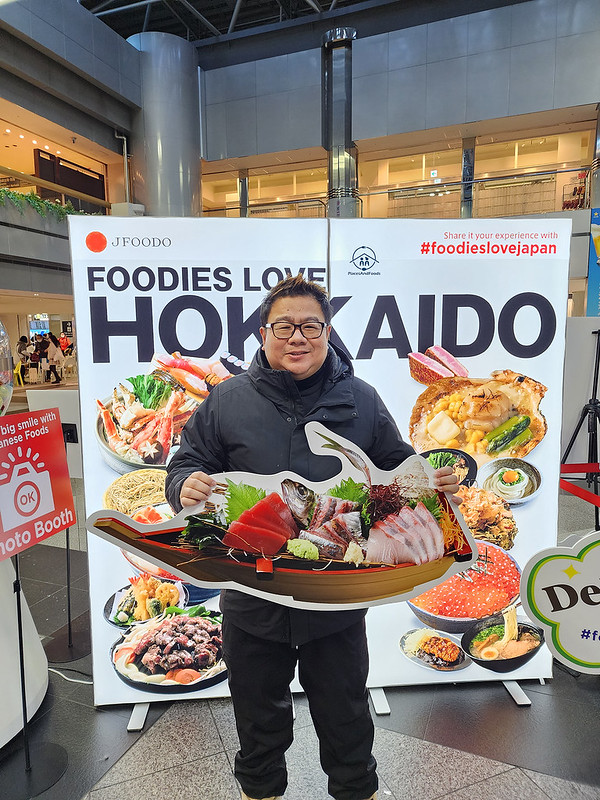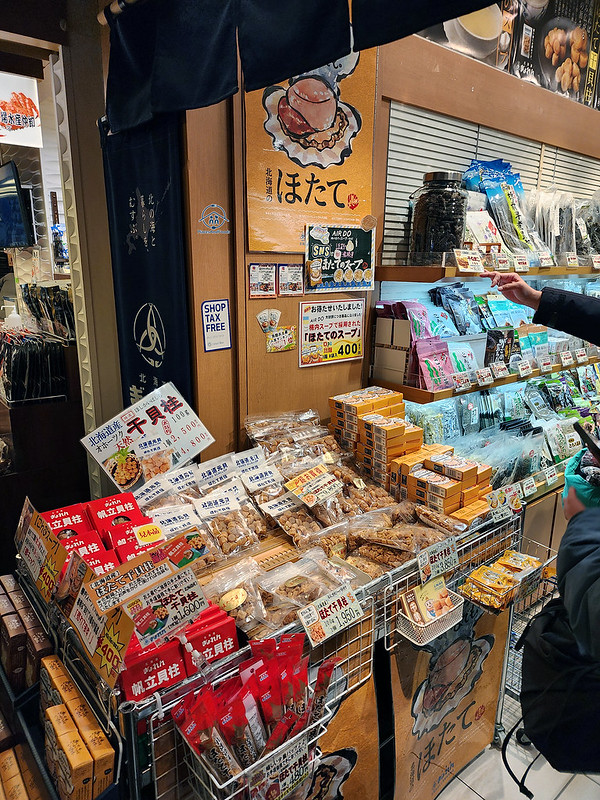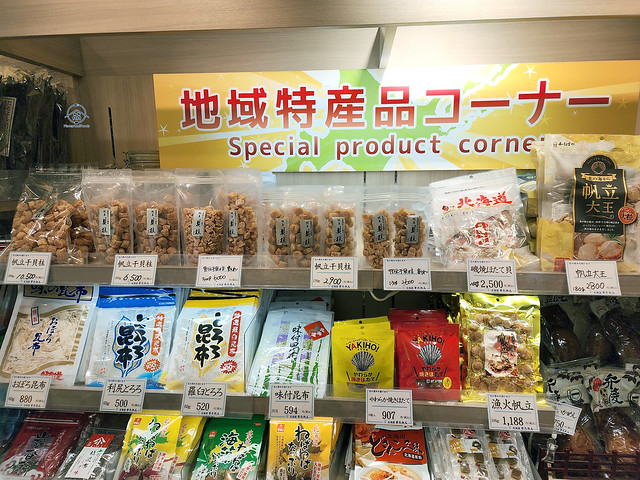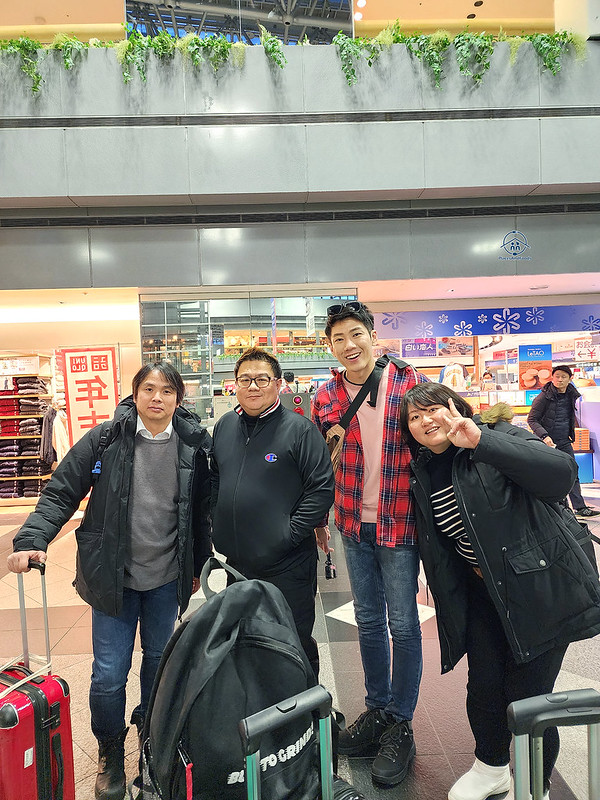Sea Cucumber and Scallop of Aomori and Hokkaido Japan
Sea Cucumber and Scallop of Aomori and Hokkaido Japan
Last month, I was invited by Ministry of Agriculture, Forestry and Fisheries of Japan to Aomori and Hokkaido. It was a group tour with media representatives from South East Asia countries like Malaysia, Thailand, Singapore and Philippines. This trip to Japan is to learn more about Sea Cucumber and Scallop of Aomori and Hokkaido.
At first, I met up with the other media representatives from South East Asia as well as the representatives from Japan in Haneda Tokyo. Due to some privacy restrictions, I cannot show all the media representatives in this story.
Aomori
Aomori is the capital city of Aomori prefecture at the Tohoku Region of Japan. It is the northeastern province of Japan.
I flew to Aomori from Haneda with Japan Airlines and reached the city in late afternoon. Due to winter time, the sky is already dark and it was snowing very heavily. We had dinner at a nearby restaurant called Uosen Suisan Restaurant Aomori (魚鮮水産 青森駅前店).
The next day, it starts of journey in discovering and learning Sea Cucumber and Scallop of Aomori and Hokkaido Japan.
Asamushi Aquarium Aomori
I visited the Asamushi Aquarium Aomori to understand how the local fishermen breed and mass produce scallops.
From eggs to small and large size scallops, the locals perfected their scallop farming techniques since decades again.
The scallops are breeds in small nets and when it gets bigger, it will be tied onto strings and let it grow in the sea. Depending on demand, scallops are grown to six months, 1 year, 2 years and more.
This is my first time understanding how scallops are farmed in Aomori Japan.
Aomori Scallop Park
Here, I have the chance to check out live scallops of Aomori. The Aomori Scallop Park is a seafood market offering live and dried scallops as well as sea cucumbers.
Thanks to the arrangement from Ministry of Agriculture, Forestry and Fisheries of Japan, I have the chance to understand more about the local sea cucumber and scallop.
Hotate Ichiban Restaurant
After understand more about local sea cucumber and scallop, we went to the restaurant next to Aomori Scallop Park to taste it!
Three style scallops sushi and scallops for pan grilled.
Goukaden Restaurant Aomori
The tasting doesn’t end yet. Next is this Chinese restaurant called Goukaden Restaurant in Aomori. This restaurant offers Chinese style of cooking of the Japanese sea cucumber.
Sea cucumber is a popular Chinese food and hence, most of the Japanese sea cucumber are sold to China and other Asian countries.
The Ingredients for this dish:
Sea cucumber
Pork belly slice
Broccoli
Shredded spring onion
Shredded red peppers
The Sauce:
Sweet flour paste
Soy sauce
Sugar
Oyster sauce
Minced garlic ginger
Soup stock
Potato starch
This is a very Chinese style dish with sea cucumber. The sea cucumber is cooked to perfection with that ‘QQ’ texture. This a good way to present Japanese sea cucumber in Chinese style of cooking.
If you noticed, their version of sea cucumber is intense black colour with mini ‘thorns’. This is the actual size and it taste slightly tougher than the usual sea cucumber.
After the food tasting, we took the bullet train / shinkansen to Hokkaido via the sea underground tunnel. This marks the end of our trip at Aomori.
Hokkaido
Hakodate Onuma Prince Hotel
We reached the hotel in late afternoon and there will be a special dish for dinner.
This is the King Size Mushroom, Scallop as well as sea cucumber.
Oshamanbe Port
This is the coolest part of our trip as we have to depart from the hotel 4.30 am to catch this moment at Oshamanbe Port. The ship is unloading scallops at Oshamanbe Port and we were lucky to capture how the workers processing the fresh scallops from the ship.
It was minus seven degree Celsius, my hands were freezing. I had to take photos and videos without glove and trying to capture as many photos and videos as I can.
There you can see how the workers processed the scallops from net. Then it is moved to crates and random scallops will be inspected for the quality.
They prepared some cooked scallops for us to sample as well as the sea cucumber.
The scallops with lips are two years old and they are just out of the boat. They are one of the best scallops I have tasted in my life.
They just grilled it and served it to us. Having grilled scallops for breakfast during winter in Hokkaido is the best way to experience seafood in this part of Japan. The experience is priceless!
Oshamanbe Matatsu Suisan
Oshamanbe Matatsu Suisan is the processing factory for the scallops. At this facilities, we need to adhere to their rules as it is very strict in food processing factory.
We have to change to the factory attire as well as sanitized so we can enter the factory.
This is scallop processing factory and this is my first time visiting a factory in Japan.
At first, they cut the lips and cleaned up the scallop. The scallop then is moved to the next station.
Scallops will be checked again to make sure each and every single scallop is cleaned. This needs human labour and good eyes to check each and every one of the scallops.
Then all the scallops will be put on to a huge metal conveyor belt. It will be then cleaned and checked again for sizes as well as colours.
Next, the scallops will go through a freeze dyer blast and within minutes, the scallops will be frozen. Frozen scallops will be weigh and packed in to boxes. The beautiful frozen scallops will be then sold in local markets as well as export overseas.
Grass Oshamambe Restaurant
We were at Grass Oshamambe Restaurant for lunch as the chef prepared their specialty dish using scallop. It is a nice scallop meal with sausages, egg, green and rice.
This is a hidden gem restaurant at Oshamambe and the food here is really good!
Hakodate Kokusai Hotel
This is our last night in Hokkaido and we stayed at Hakodate Kokusai Hotel. The hotel is located in the middle of the city.
The dinner is a special dinner as it is curated by Chef Mr Fumiyoshi Kimura and it is all about scallops and sea cucumber with his style of cooking.
Special Menu Curated by Chef Mr Fumiyoshi Kimura
Special Cold Dish Platter of sea cucumber and scallops – A great platter to taste the sea cucumber and scallops ‘Chinese style’ of cold platter
Special Braised Shark Fin and Sea Cucumber – This is a very tasty braised shark fins with great flavor and sea cucumber to cooked to perfection.
Stir Fried Hokkaido Scallops and vegetables with basil sauce – A simple dish to bring out the flavor of scallops with light basil sauce
Hokkaido Scallops with rolled noodles – A clever use of rolled noodles to offer different texture with the highlight of the Hokkaido scallops
Stewed sea cucumber and Hokkaido Wagyu Beef – Sea cucumber is cooked to perfection with the right texture and taste with the tasty wagyu beef.
Sichuan Spicy Mapo Tofu made with Hokkaido Scallops and Tofu – A great way to use scallops with this popular Sichuan Mapo Tofu. Legend says there are five flavours in Mapo Tofu and they are sweet, bitter, sour, spicy and salty.
The sea cucumbers used for dinner is by Kit Blue company, one of the premium sea cucumbers companies in Japan. A box of sea cucumber is priced at over RM2000 per box.
That ends another great day of understanding sea cucumber and scallops in Hokkaido. I enjoyed all the sea cucumber and scallops meals I had in Hokkaido today. This is the last night in Hokkaido before flying back to Tokyo and back to Malaysia.
Shizukari fishing port
This marks my last day in Hokkaido and this morning, we went to the Shizukari fishing port. This time, it is time to check out the sea cucumber that is freshly caught off the shores of Shizukari port.
Unlike scallops that you can tie with a string and let it grow in the season, sea cucumber are breed at the seaside. To obtain these sea cucumber, divers need to dive down and pick up these sea cucumber by hand one by one.
Imagine during winter with minus degree Celsius, divers have to wear thick thermal diving suits to pick the sea cucumbers. This is also the main reason why sea cucumbers are more expensive in cost compare to scallops in Japan.
These are Japanese Sea Cucumber. It is not your usual sea cucumber as the sea cucumber comes with ‘thorns’.
While raw, it looks really weird as if it is alien sea cucumber. The fisherman than cleaned it and it can be eaten raw on the spot like sashimi.
The Hiyami Sea cucumber is cleaned and then dried for weeks before it is sold in the Japan as well as export to other countries.
Spa Shiosai Toyoura
This is our last lunch of this trip and the organizers have it specially arranged at Spa Shiosai Toyoura.
This is Noodles with Scallops. If not mistaken, this is also Chinese inspired way of cooking as the taste is pretty similar to Chinese noodles.
Foodies Love Hokkaido Seafood
Lastly, we reached our final seafood destination in Japan and this is at New Chitose Airport Hokkaido. They are running Foodies Love Hokkaido Seafood campaign where you can win ‘gatchapon’ key chains once you posted it on your social media.
Seafood Market at New Chitose Airport
This is my third time at New Chitose Airport and there is a seafood market at the domestic terminal. There are lots of local produced food and restaurants.
You also can find Hokkaido Scallops as well sea cucumbers here. This is your last minute shopping of sea cucumber and scallop of Aomori and Hokkaido before you flight back from Japan.
This is a very educational tour and as a foodie and Japan lover, I enjoyed this trip to the max. I will be posting a few more short stories about Sea Cucumber and Scallop of Aomori and Hokkaido Japan so please stay tuned!
This trip is sponsored by Ministry of Agriculture, Forestry and Fisheries. Thank you everyone who makes this trip possible and also nice meeting all the influencers and media representatives from South East Asia, you all makes this trip amazing!
For advertisements, please contact us at placesandfoods@gmail.com

